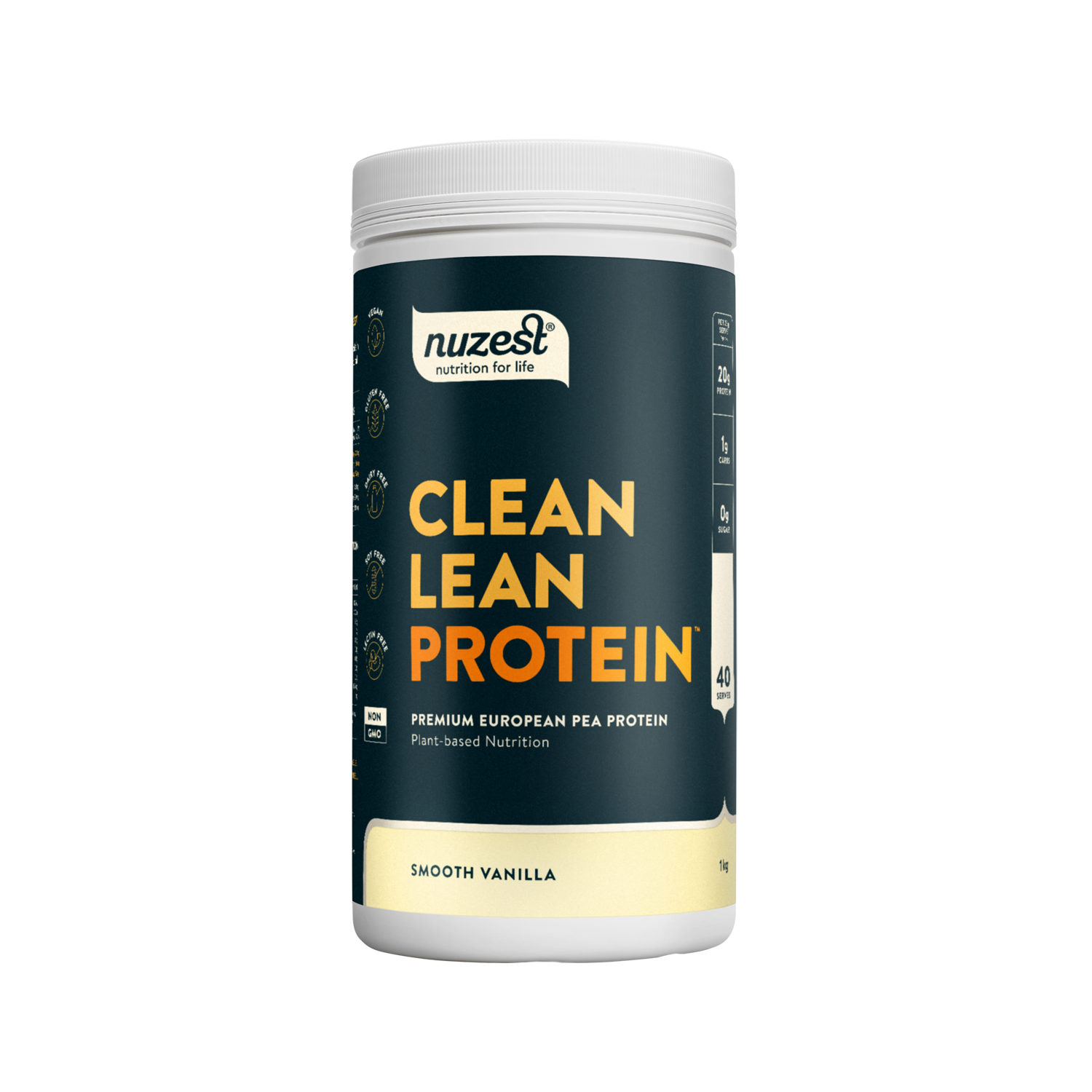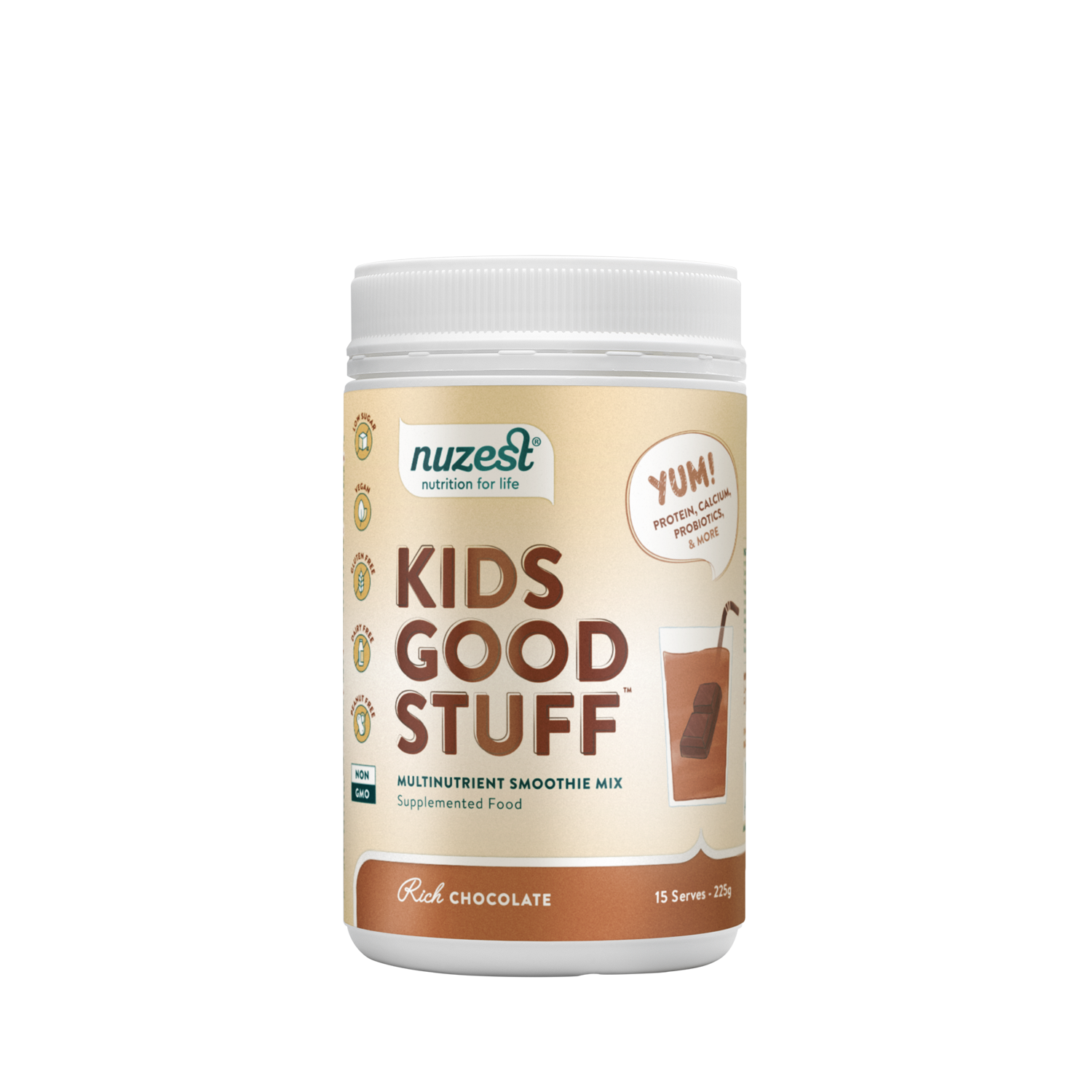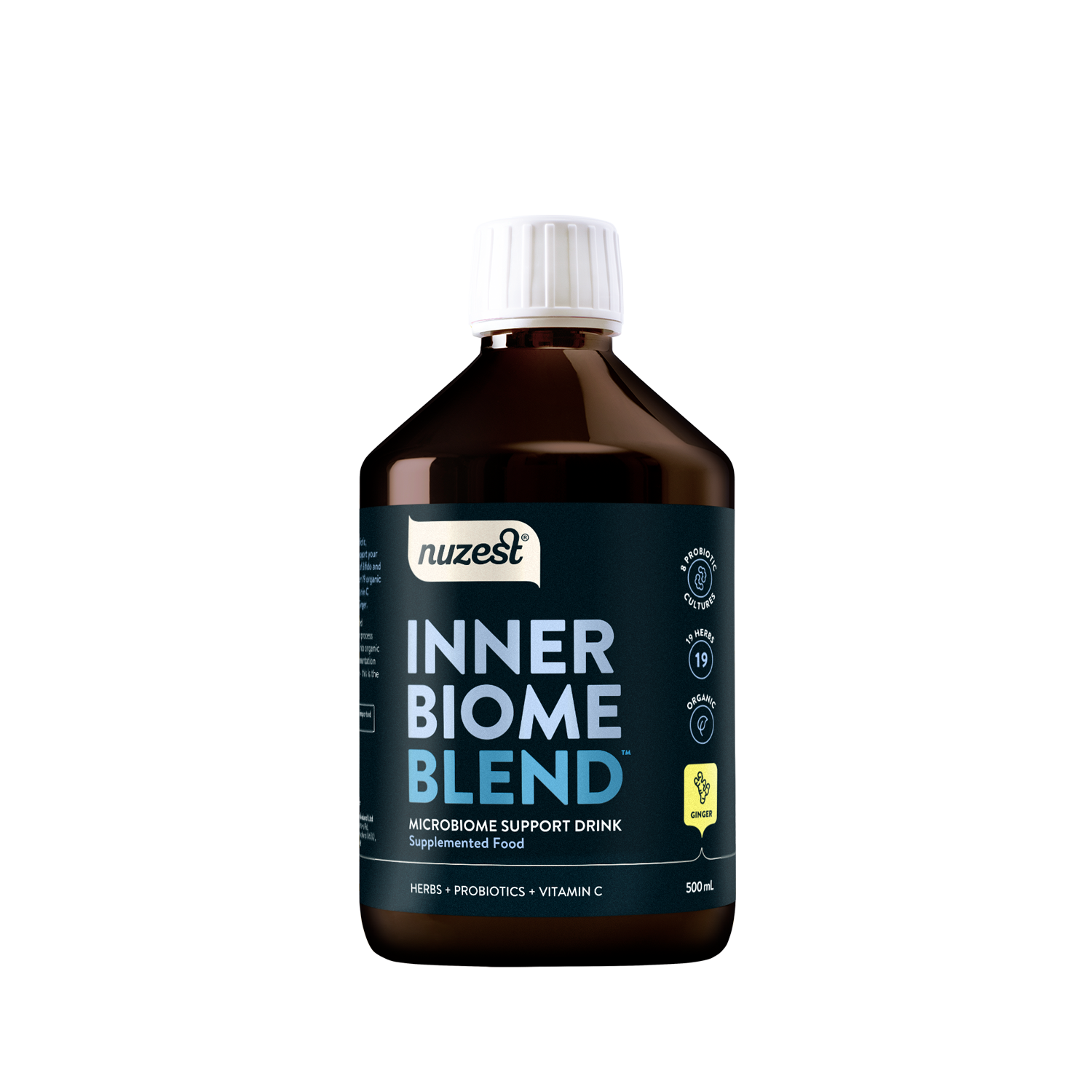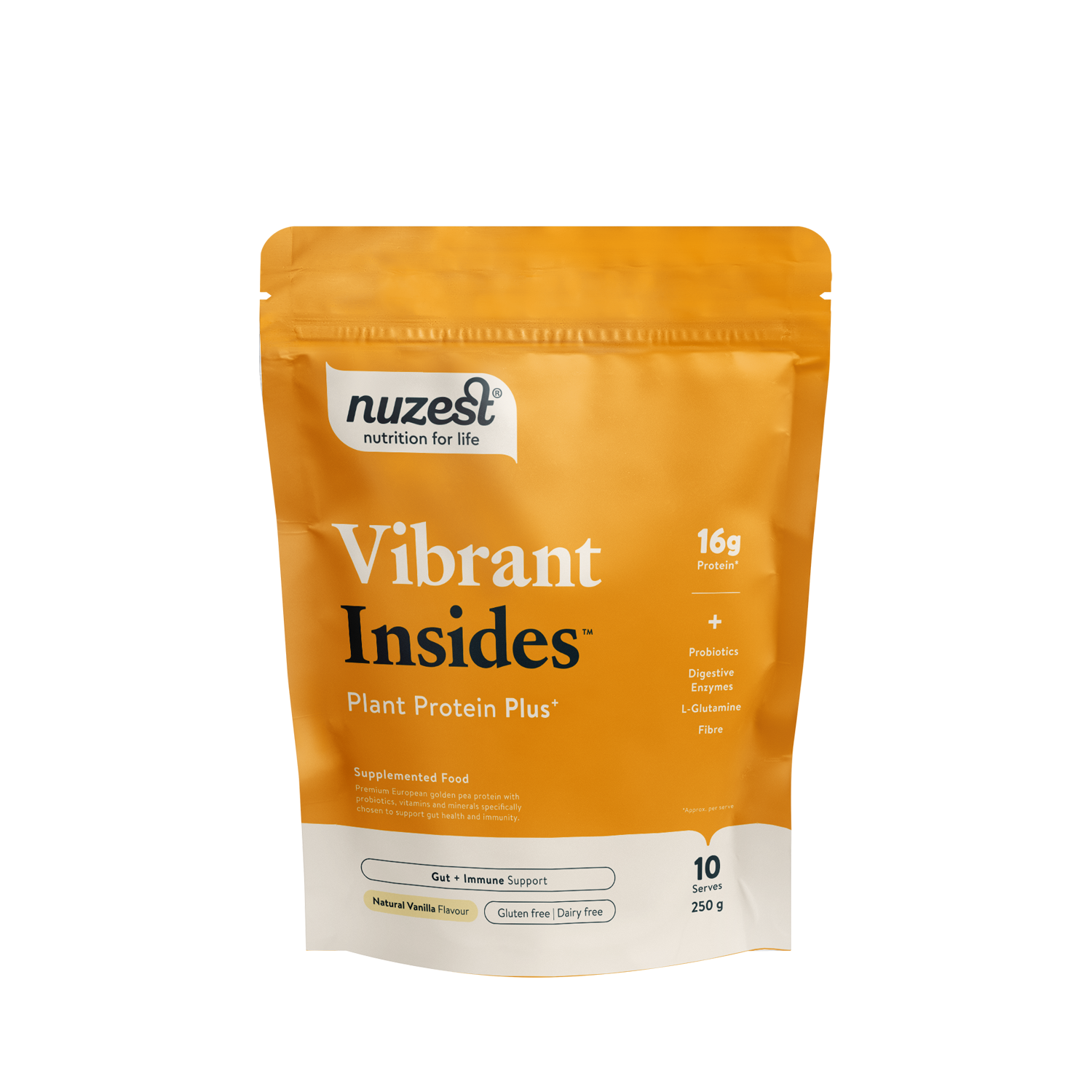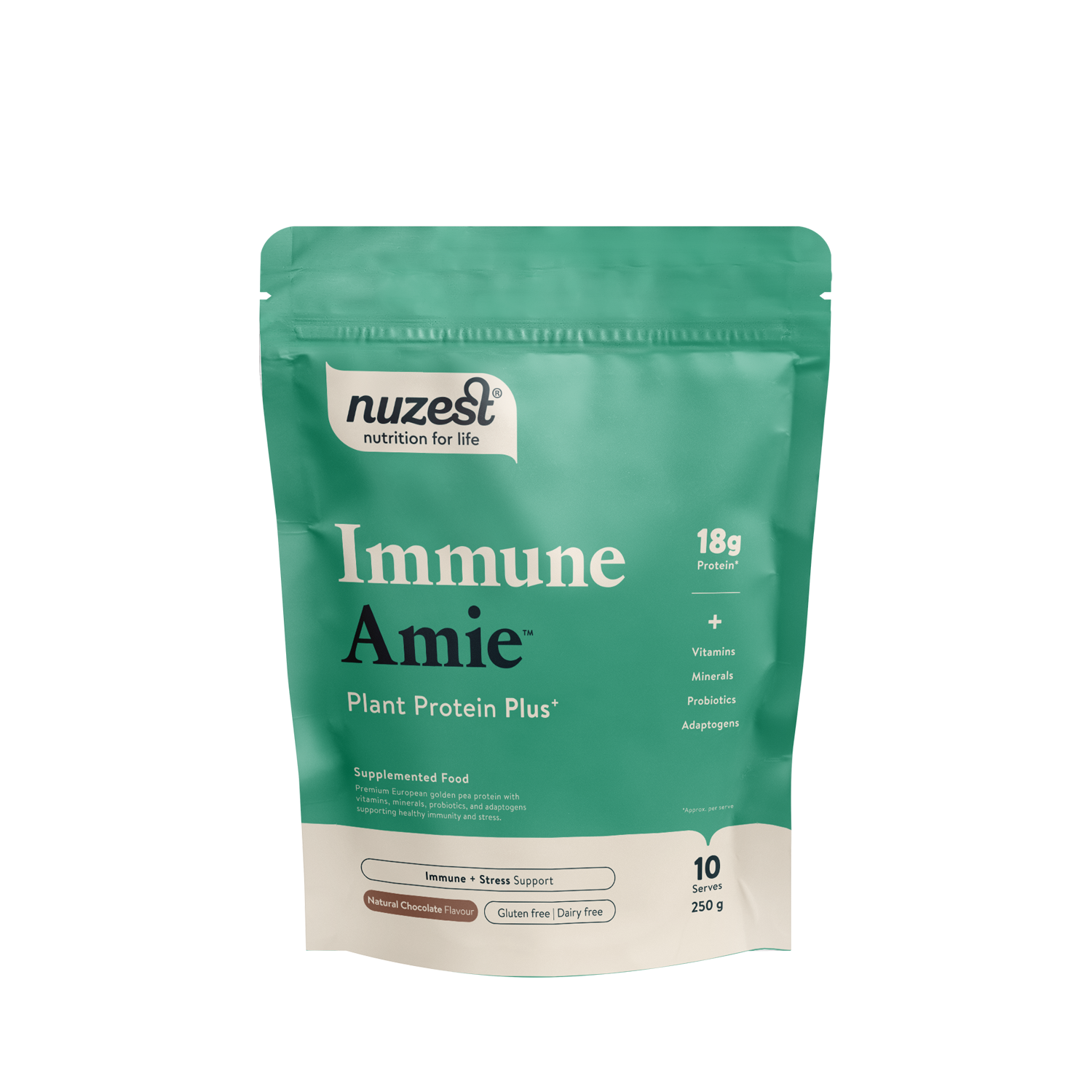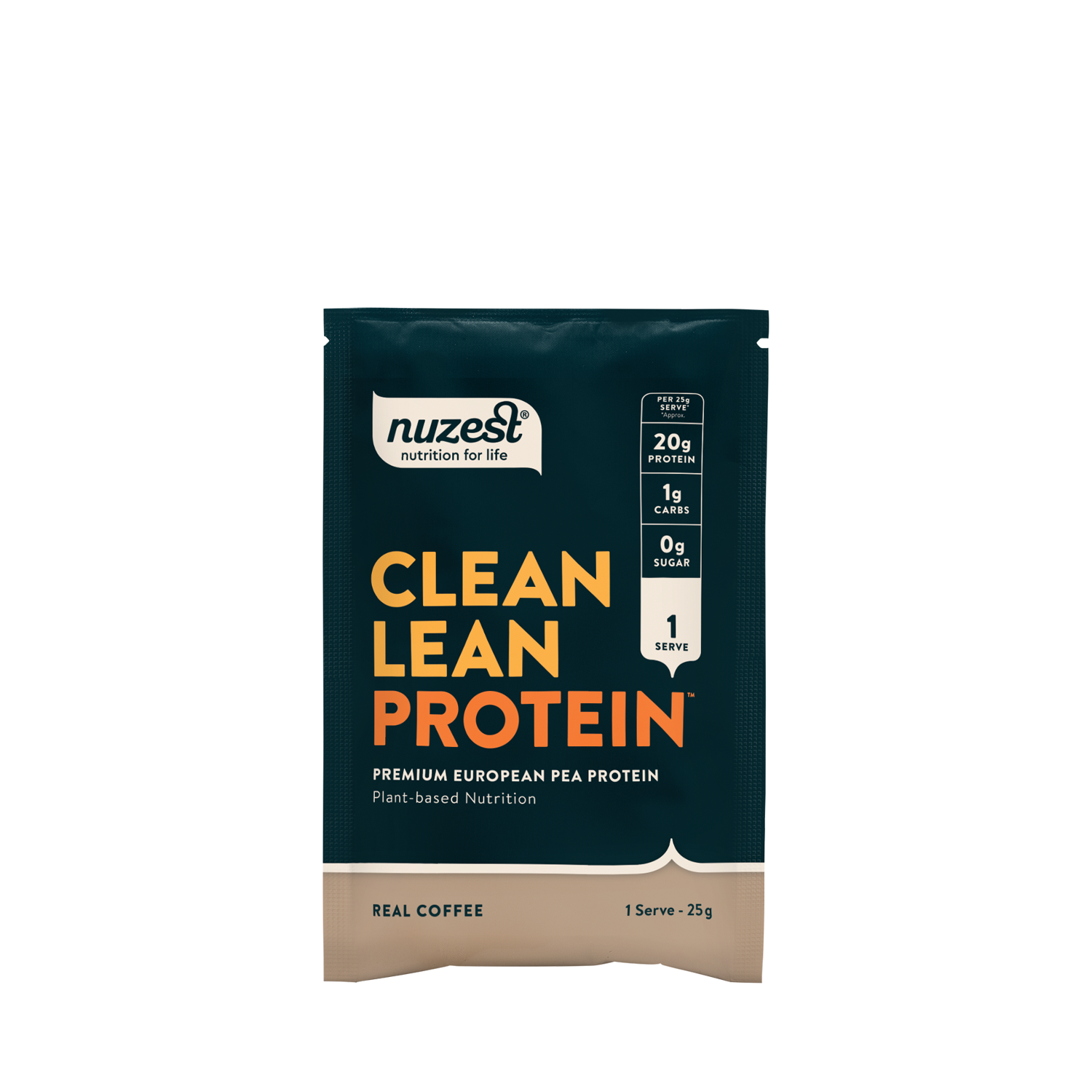Elderflower
Sambucus nigra

Elderflower comes from the blossoms of the Sambucus nigra plant. It is often used as a flavouring agent in beverages and herbal infusions.
Products:
Is Elderflower Anti-Inflammatory?
Elderflower exhibits anti-inflammatory effects due to compounds such as flavonoids and phenolic acids. These constituents may help modulate inflammation, potentially providing relief for symptoms associated with conditions like arthritis and respiratory inflammation.¹
Can Elderflower Help Fight the Common Cold and Flu?
It has a traditional use in supporting relief from cold and flu symptoms such as congestion, cough, and sore throat. It may assist the immune system and, through its mild diuretic effects, promote sweating to help eliminate fluids and support the body’s natural recovery processes.²
Can Elderflower Support Blood Sugar Regulation?
Studied also for its potential to support blood sugar regulation, elderflower extract has been shown in some research to enhance insulin sensitivity and help maintain stable blood glucose levels. This makes it a supportive herb for individuals managing diabetes or aiming to stabilise their blood sugar.³ ⁴
Does Elderflower Contain Antioxidants?
Rich in antioxidants, elderflower contains flavonoids such as quercetin and kaempferol. These compounds help protect the body from oxidative stress and free radical damage, supporting overall health and potentially reducing the risk of chronic conditions.⁵ ⁶
Elderflower and its Anti-Viral Properties
Elderflower also exhibits anti-viral properties, having been shown to inhibit the replication of certain viruses, including influenza. This supports its traditional use as a natural aid in preventing or reducing the duration of viral infections such as the common cold and flu.⁷ ⁸

